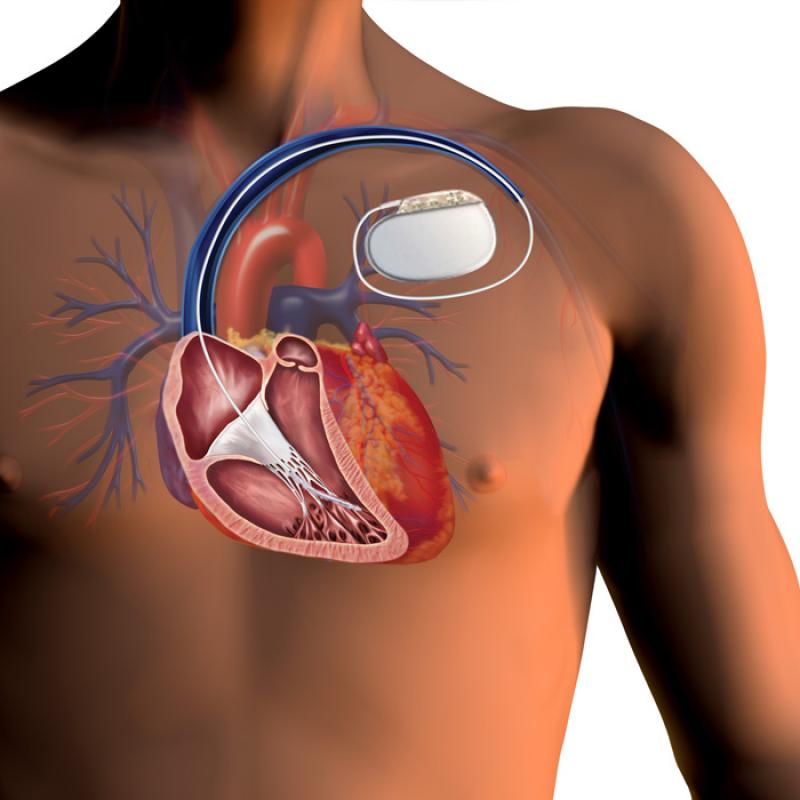The human heart is a remarkable organ, tirelessly beating to supply oxygen and nutrients to the body. However, for some individuals, this vital rhythm can be disrupted due to various heart conditions.
In such cases, a cardiac pacemaker plays a crucial role in restoring and regulating the heart's rhythm. Let's delve into the fascinating world of cardiac pacemakers and understand how they function.
What is a Cardiac Pacemaker?
A cardiac pacemaker is a small electronic device implanted in the chest or abdomen to regulate the heart's electrical activity. It consists of two main components: a pulse generator and leads. The pulse generator houses a battery and electronic circuitry, while the leads are thin, insulated wires that connect the device to the heart.
According to Coherent Market Insights the Global Cardiac Pacemaker Market is estimated to be valued at US$ 4,547.8 Mn in 2022 and is expected to exhibit a CAGR of 3.3% over the forecast period (2022-2030).
How Does a Cardiac Pacemaker Work?
The Cardiac Pacemaker monitors the heart's electrical signals and delivers electrical impulses when necessary to maintain a normal heart rate. It has sensors that detect changes in heart rate and transmit this information to the pulse generator. If the heart rate is too slow or irregular, the pacemaker sends electrical signals through the leads to stimulate the heart muscles, prompting them to contract and maintain a healthy rhythm.
Types of Cardiac Pacemakers
There are different types of cardiac pacemakers, tailored to suit individual needs. The most common ones include:
- Single-Chamber Pacemakers: These pacemakers have one lead placed in either the right atrium or the right ventricle of the heart, depending on the specific condition being treated.
- Dual-Chamber Pacemakers: Dual-chamber pacemakers have two leads, one in the atrium and one in the ventricle. They synchronize the electrical signals between the two chambers, mimicking the natural coordination of the heart.
- Biventricular Pacemakers: These specialized pacemakers, also known as cardiac resynchronization therapy (CRT) devices, are used for individuals with heart failure. They have three leads, stimulating both ventricles and improving overall heart function.
Benefits and Limitations
Cardiac pacemakers have revolutionized the treatment of heart rhythm disorders and offer several benefits. They can significantly improve the quality of life for individuals with bradycardia (slow heart rate) or other heart rhythm abnormalities. Pacemakers allow patients to engage in regular physical activities, reducing symptoms like fatigue, dizziness, and fainting.
However, pacemakers are not without limitations. The battery life of a pacemaker typically ranges from 5 to 15 years, requiring replacement through a minor surgical procedure. Additionally, certain activities that generate strong magnetic fields, such as magnetic resonance imaging (MRI), may require special precautions or limit the use of pacemakers.
Cardiac Pacemakers have become indispensable in the management of heart rhythm disorders. These tiny devices have the remarkable ability to restore and regulate the heart's rhythm, ensuring proper blood circulation throughout the body. With advances in technology, pacemakers continue to evolve, offering improved features and compatibility with various medical procedures. As researchers and engineers strive to enhance the efficiency and longevity of pacemakers, they contribute to the well-being and longevity of millions of individuals worldwide, giving them a renewed lease on life.
